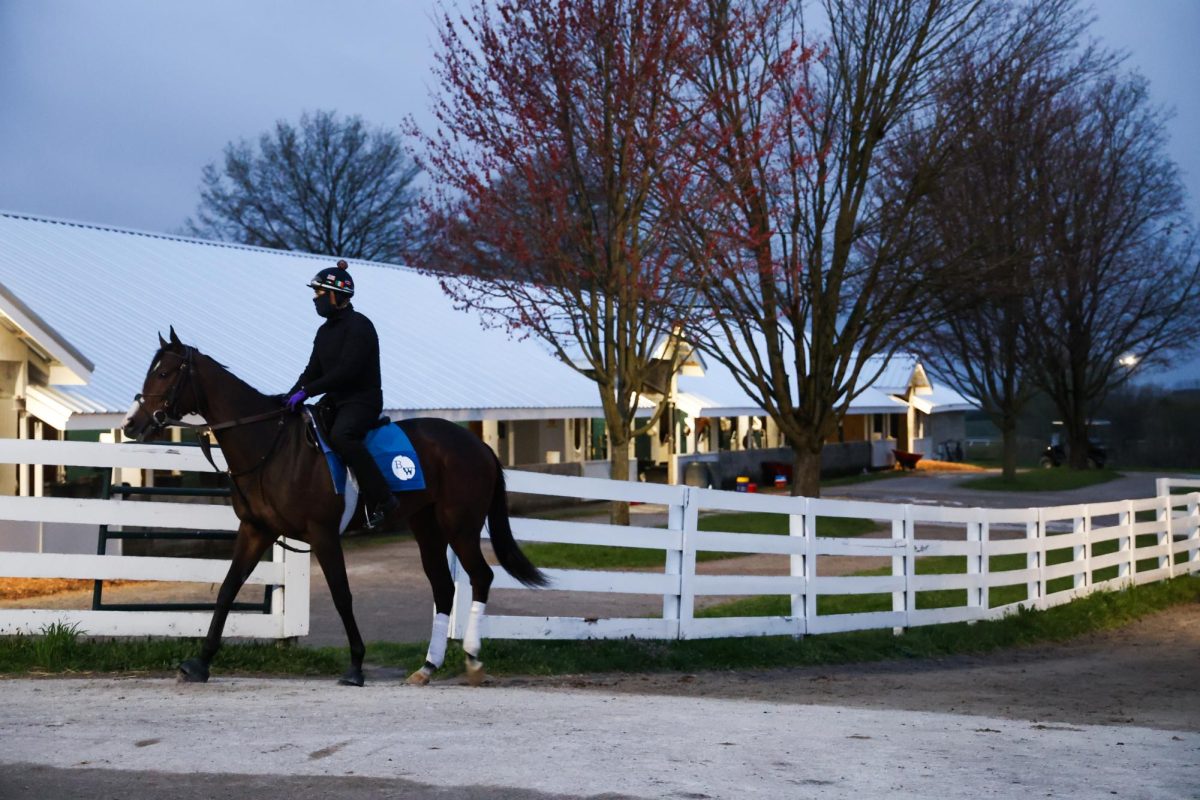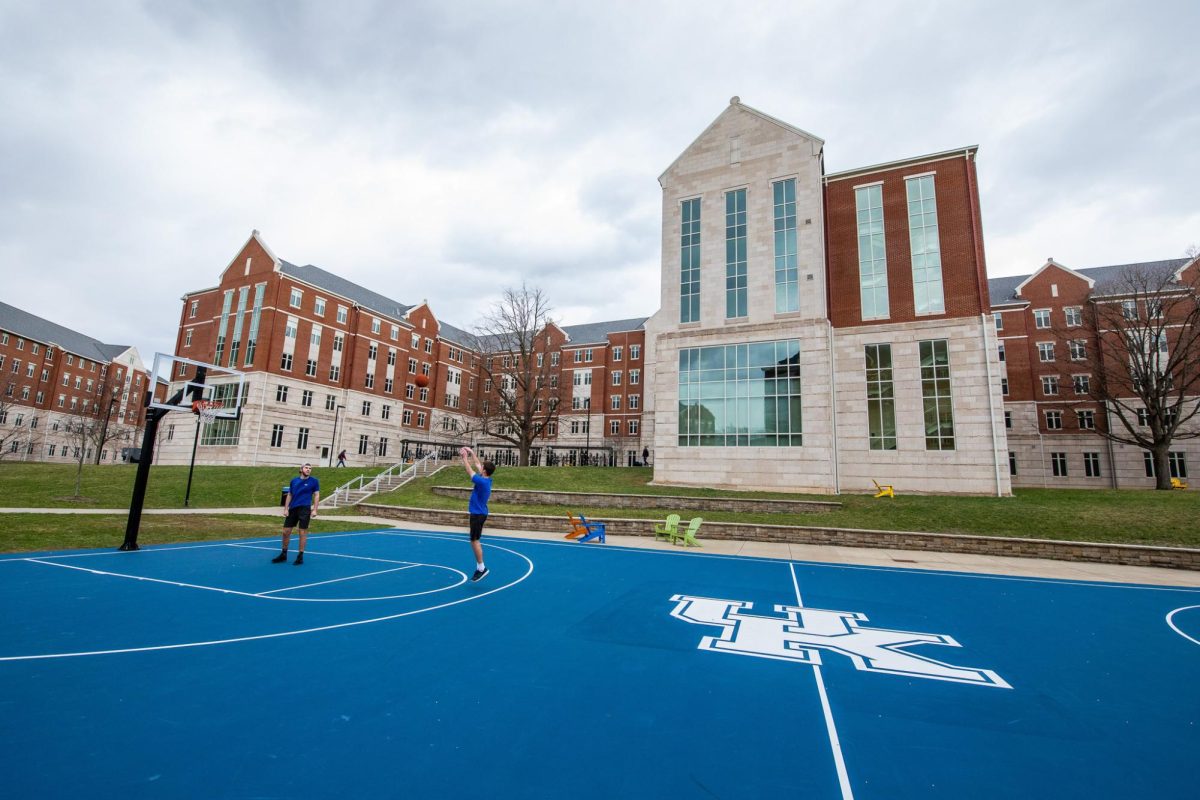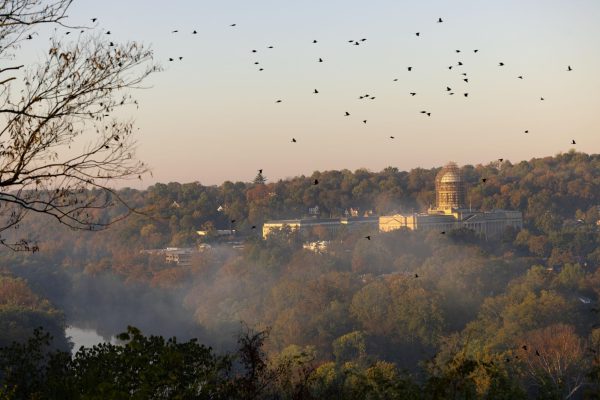Be a forest bud, clean off that mud
October 30, 2019
Ask any rock climber what the worst part of a climbing trip is, and invariably they will say “the approach”— the hike from your car to the base of the cliff you plan to climb.
The excitement of getting to climb is only dampened by the weight of ropes, carabiners and water in your pack.
On a recent climbing trip to Red River Gorge, I took the time to slow down and enjoy the journey. I was surrounded by massive oaks and pines that had grown in solitude on the steep hillsides that proved too treacherous to be accessible by the loggers’ saws. It is rare to find a forest with such a diversity of trees, wildflowers and shrubs as I the one that I found during my exploring.
After having spent a summer removing invasive plants from parks, I had picked up a keen eye for their presence on a landscape, and I was amazed that I couldn’t find anything there that wasn’t native (which is, unfortunately, now a rarity).
My amazement was shattered when I got to the cliff. Japanese stiltgrass, an aggressive invasive plant from Asia, grew in a thick carpet all along the base of the cliff where climbers had trampled the native vegetation. To the casual hiker or climber, it would look like just another plant, but to someone who knows their invasive plants, all I could see was ecological disaster.
Unless it is sprayed with herbicides over a period of several years, that patch will continue to grow and choke out any native plant that it encounters. Stiltgrass has sticky seeds that are perfect for latching onto the coat of a passing animal, or likely in this case, the pant leg or shoelace of a climber.
Plants aren’t the only thing that we can spread by our adventuring. The deadly fungal disease called white-nose syndrome has decimated bat populations throughout the U.S. It was spread from cave to cave by the hiking boots of cavers.
This brings up an important lesson for people who recreate in the outdoors, whether you are hiking, climbing, paddling, caving or anything else. We want to protect the areas that we enjoy, and to do that we need to be aware of our ability to bring invasive organisms into areas that were previously unaffected.
Thankfully, there are steps we can take to keep invasive species from hitching a ride. Many areas that are concerned with the spread of invasive species will have boot brushes at trail-heads and cave entrances. Use them when you arrive and leave. If an area doesn’t have brushes, you can clean easily clean them at home with a brush and some water. Not only will this stop the spread of invasives but will also prolong the life of your equipment.
So, the next time you come home with mud on your boots after a great day of hiking, sit down with water and a brush and show your boots, your favorite forests, creeks and caves some love.




























































































































































